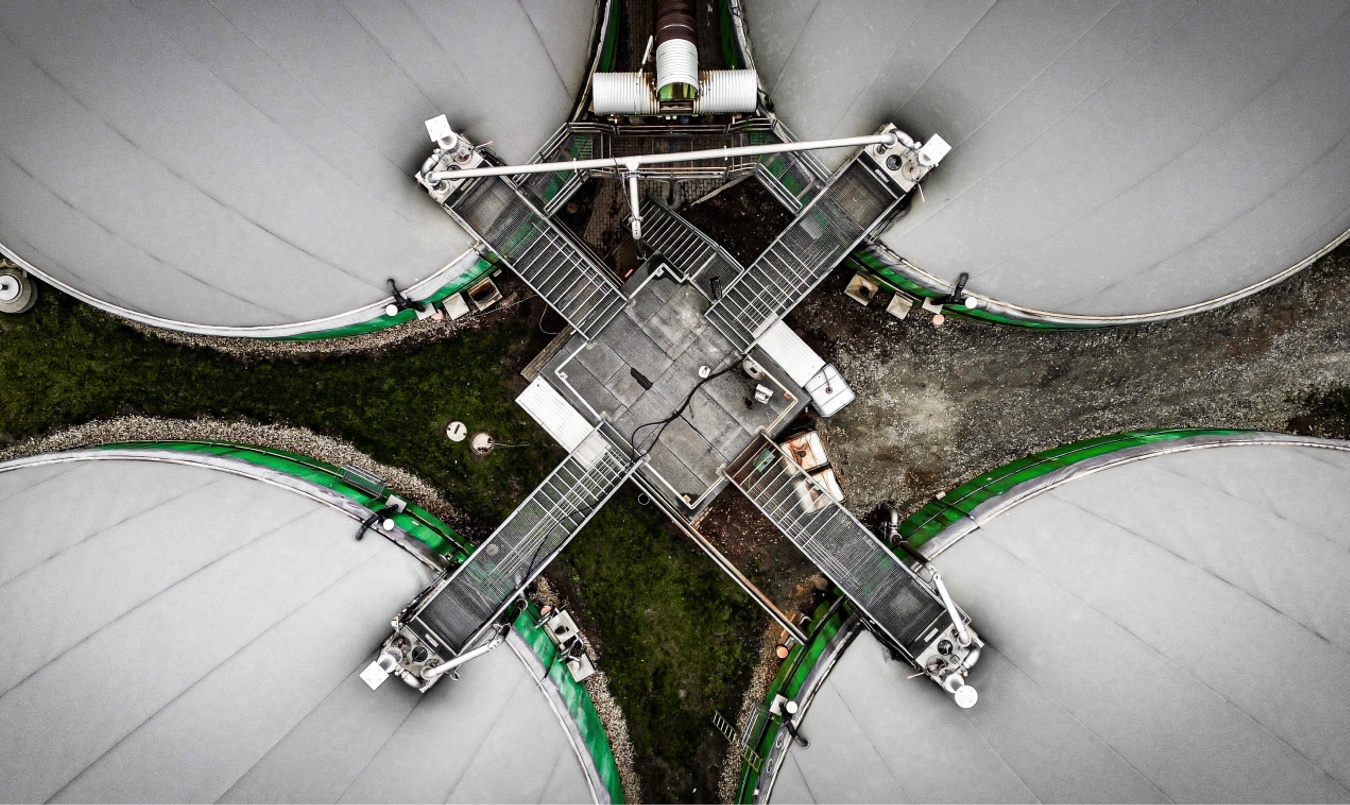How inflation can affect your company’s carbon accounting


- Author
- Renaud BettinVP Climate Action & Sales Enablement
- Category
- Insight
- Topics
- Carbon
- Published
- 16 January 2023
Our VP of Climate Action Renaud Bettin explains the downsides of using monetary emission factors when prices go up – and how to adjust your carbon accounting strategy to get an accurate picture of your carbon footprint.
You run a manufacturing company and you’re making every effort to be sustainable. Even if it’s a little more expensive, you’ve chosen to power your factories with biogas from the local farm instead of fossil gas. As for your employees’ Christmas gifts, you made an effort this year to purchase recycled cotton, organic, and locally produced sweaters. Unfortunately, your suppliers’ new year wishes came with a bittersweet note, announcing a price increase to align with global inflation.
But when looking at your carbon footprint, something is wrong. While you’ve made efforts to reduce, your emissions are increasing 😱
Why? Taking a wild guess, it’s probably to do with the monetary emission factors used to measure your carbon impact.
If your calculations are based primarily on monetary emissions factors, then your carbon footprint will increase, whether it’s due to a voluntary decision or an inflation period, like the one we’re in. This is enough to discourage many of those who have the best intentions to align their action with global carbon neutrality.
The limits of monetary emission factors
Monetary emission factors are convenient because they provide an initial estimate of your carbon footprint, e.g. how much you spent on R&D generates a given amount of Greenhouse Gas emissions (GHG) in kgCO2e/k€. It does a great job of revealing your overall sources of emissions.
The calculation is simple because the monetary data is readily available. But as soon as you make efforts to reduce your impact, the monetary approach becomes your worst enemy. Even if you take action to reduce the carbon footprint of your manufacturing activities, a monetary emission factor-based carbon assessment will still show emission uptake.
Since your carbon calculations are based on your spending – not the emissions generated by your activities – your real impact isn’t visible or even truncated.
Use real emission factors to track your true impact
To avoid dependency on external factors, like inflation, you can use average emission factors available through public or private databases, such as ADEME or Ecoinvent. They’re the first step on the road to accurate and tracked carbon accounting.
They’ll show the average amount of GHG of a product or service’s life cycle, e.g. how many tCO2e is generated from your purchase of 200 tons of cotton to make your staff’s Christmas sweaters.
The next step for a more precise footprint is to use real emission factors i.e. based on your primary activity data. This is the business operation data you have at your disposal, such as the liters of petrol consumed to transport a particular product, the weight of a shipment, or the distance it has traveled.
This method will break down the carbon footprint at every stage of your product, service, and business operations. Not only will it highlight emission hotspots, but it’ll also reveal parts of your business that can be optimized for better cost, resource usage, and reduced footprint, for instance, the fact that the 200 tons of cotton were shipped by boat – not truck or plane. Your decisions and calculations are based on the reality of what you are buying.
Actual emission factors are necessary for any company looking to get a clear picture of the main sources of emissions and accurately track the reduction of these emissions. That’s how they can effectively reduce their impact.
In short, the calculation based on your expenses works for a first, quick estimate. As soon as you start acting, it becomes necessary to switch to use average emission factors. For the categories that really matter, such as purchases of goods or services, real and custom emission factors should be your ultimate goal.
If you’re struggling to find a real emission factor that matches your activity, Sweep’s customized emission factor feature can help 👋 Talk to our expert
Emission factors 101
- Monetary emission factors: Use how much you spent at every stage of your product, service, and business operations to calculate your GHG
- Average emission factors: Use an industry average to calculate the GHG emitted at every stage of your product, service, and business operations
- Custom/Real emissions factors: Use your company’s life cycle to calculate the GHG emitted at every stage of your product, service, and business operations
More stories
Track, report and act
Sweep helps you get your carbon on-track
Sign up to The Cleanup, our monthly climate newsletter

© Sweep 2023


